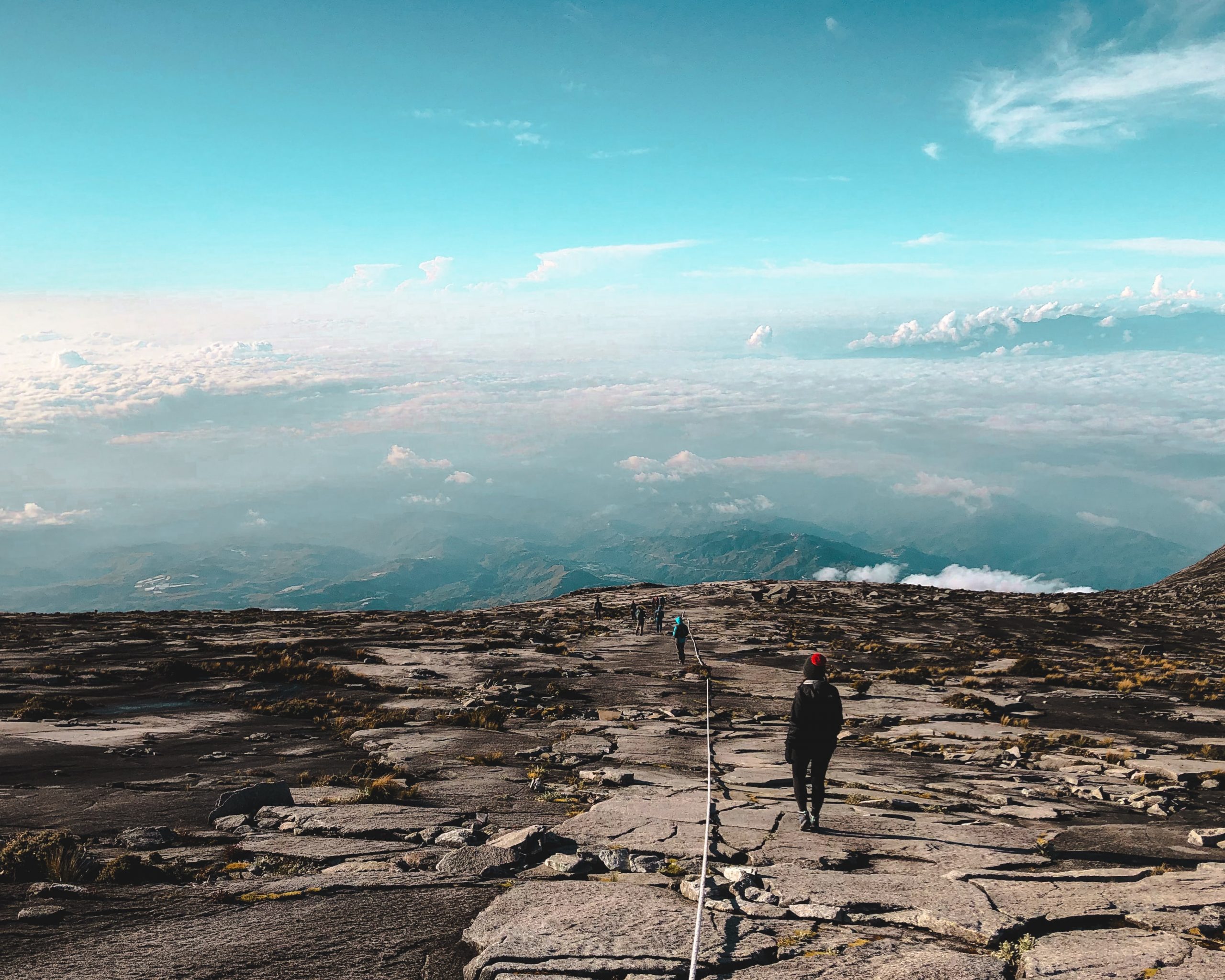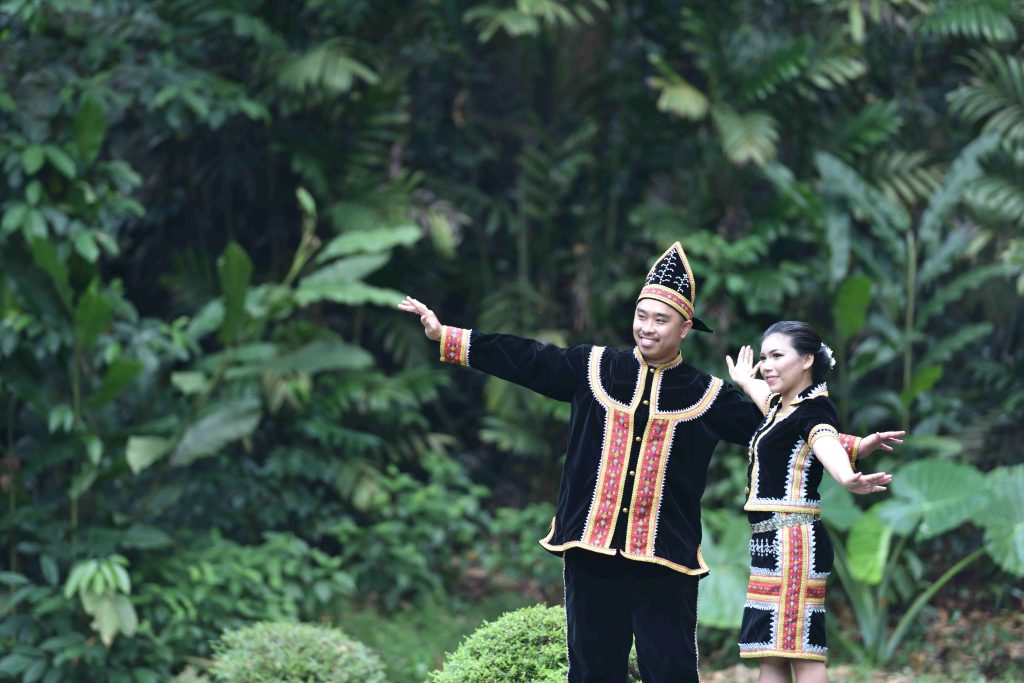
Sabah : The Culture and the People
Published on Nil | by borneoultra.com

The History
Sabah is one of 13 member states of Malaysia. It is located on the northern portion of the island of Borneo. It is the second largest state in the country after Sarawak, which it borders on its south-west. It also shares a border with the province of East Kalimantan of Indonesia in the south.
In spite of its status as a Malaysian state, Sabah remains a disputed territory; the Philippines has a dormant claim over much of the eastern part of the territory. The capital of Sabah is Kota Kinabalu, formerly known as Jesselton. Sabah is known as “Sabah, negeri di bawah bayu”, which means “Sabah, the land below the wind”, because of its location just south of the typhoon-prone region around the Philippines.
The region of present-day Sabah was discovered by Europeans around the early 16th century. This was during the period when the Sultanate was in its ‘golden era’.
The region was known as Sava to Portuguese explorers. In 1658 the Sultan of Brunei ceded the northeast portion of Borneo to the Sultan of Sulu in compensation for the latter’s help in settling a civil war in the Brunei Sultanate.
In 1761 an officer of the British East India Company, Alexander Dalrymple, concluded an agreement with the Sultan of Sulu to allow him to set up a trading post in the region. This, together with other attempts to build a settlement and a military station centering around Pulau Balambangan, proved to be a failure.
There was minimal foreign interest in this region afterward and control over most parts of north Borneo seems to have remained under the Sultanate of Brunei.
The southern portion of Palawan was once part of Sabah, due to Palawan’s proximity to Borneo. Southern portions of the island were under the control of the Sultanate of Borneo for more than two centuries, and Islam was introduced.
During the same period, trade relations flourished, and intermarriages among the natives and Chinese, Japanese, Arab, and Hindu peoples became commonplace. The intermixing of blood resulted in a distinct breed of Palaweños, both in physical stature and features. In 1749, the Sultanate of Borneo ceded southern Palawan to Spain.[4]
In 1865 the American Consul of Brunei, Claude Lee Moses, obtained a 10-year lease over North Borneo from the Sultan of Brunei.
Ownership was then passed to an American trading company owned by J.W. Torrey, T.B. Harris and some Chinese merchants. They set up a base and settlement in Kimanis but this too failed due to financial reasons.
The rights of the trading company were then sold to Baron Von Overbeck, the Austrian Consul in Hong Kong, and he later obtained another 10-year renewal of the lease.
The rights were subsequently transferred to Alfred Dent, whom in 1881 formed the British North Borneo Provisional Association Ltd.
In the following year, the British North Borneo Company was formed and Kudat was made its capital. In 1883 the capital was moved to Sandakan to capitalise on its potential of vast timber resources.
In 1888 North Borneo became a protectorate of the United Kingdom. Administration and control over North Borneo remained in the hands of the Company despite being a protectorate and they effectively ruled until 1942.
Post World War Two, Malaysia joined the Malaya Federation and is now one of the 13 states of Malaysia.
The Geography
The western part of Sabah is generally mountainous, containing the three highest mountains in Malaysia. The most prominent range is the Crocker Range which houses several mountains of varying height from about 1,000 metres to 4,000 metres. At the height of 4,095 metres, Mount Kinabalu is the highest mountain in South East Asia.
The jungles of Sabah are classified as rainforests and host a diverse array of plant and animal species. Kinabalu National Park was inscribed as a World Heritage Site in 2000 because of its richness in plant diversity combined with its unique geological, topographical, and climatic conditions.
Lying nearby Mount Kinabalu is Mount Tambuyukon. At a height of 2,579 metres, it is the third highest peak in the country. Adjacent to the Crocker Range is the Trus Madi Range which houses the second highest peak in the country, Mount Trus Madi, at a height of 2,642 metres.
There are lower ranges of hills extending towards the western coasts, southern plains, and the interior or central part of Sabah. These mountains and hills are traversed by an extensive network of river valleys and are in most cases covered with dense rainforest.
The central and eastern portion of Sabah are generally lower mountain ranges and plains with occasional hills. Kinabatangan River begins from the western ranges and snakes its way through the central region towards the east coast out into the Sulu Sea.
It is the second longest river in Malaysia after Rejang River at a length of 560 kilometres. The forests surrounding the river valley also contains an array of wildlife habitats, and is the largest forest-covered floodplain in Malaysia.
Other important wildlife regions in Sabah include Maliau Basin, Danum Valley, Tabin, Imbak Canyon and Sepilok. These places are either designated as national parks, wildlife reserves, virgin jungle reserves, or protection forest reserve.
Over three quarters of the human population inhabit the coastal plains. Major towns and urban centers have sprouted along the coasts of Sabah. The interior region remains sparsely populated with only villages, and the occasional small towns or townships.
Beyond the coasts of Sabah lie a number of islands and coral reefs, including the largest island in Malaysia, Pulau Banggi. Other large islands include, Pulau Jambongan, Pulau Balambangan, Pulau Timbun Mata, Pulau Bumbun, and Pulau Sebatik. Other popular islands mainly for tourism are, Pulau Sipadan, Pulau Selingan, Pulau Gaya, Pulau Tiga, and Pulau Layang-Layang.
The People
The people of Sabah are divided into 32 officially recognised ethnic groups. Amongst the various ethnic groups are the kadazan, dusun, murut, bajau, bugis, rungus,suluk, Lotud, illanau, Brunei, orang sungai, bisaya, kedayan, tidong and many other important ethinic groups. The largest non-bumiputra ethnic group is the Chinese.
The predominant Chinese dialect group in Sabah is Hakka, followed by Cantonese and Hokkien. Most Chinese people in Sabah are concentrated in the major cities and towns, namely Kota Kinabalu, Sandakan and Tawau. The largest indigenous ethnic group is Kadazan-Dusun, followed by Bajau, and Murut.
There is a much smaller proportion of Indians and other South Asians in Sabah compared to other parts of Malaysia. Cocos people is a minority ethnic residing in Sabah especially at the Tawau Division. Collectively, all persons coming from Sabah are known as Sabahans and identify themselves as such.
Malay (Bahasa Malaysia) is the national language spoken across ethnicities, although the spoken Sabahan dialect of Malay differs much in inflection and intonation from the West Malaysian version.
English, Mandarin as well as Hakka and Cantonese are widely understood. In addition, Kadazan-Dusun, Bajau, Murut and other smaller groups also have distinct ethnic languages.
Tourism
Tourism, particularly eco-tourism, is a major contributor to the economy of Sabah. In 2006, 2,000,000 tourists visited Sabah and it is estimated that the number will continue to rise following vigorous promotional activities by the state and national tourism boards and also increased stability and security in the region.
Sabah currently has six national parks. One of these, the Kinabalu National Park, was designated as a World Heritage Site in 2000. It is the first of two sites in Malaysia to obtain this status, the other being the Gunung Mulu National Park in Sarawak.
These parks are maintained and controlled by Sabah Parks under the Parks Enactment 1984. The Sabah Wildlife Department also has conservation, utilization, and management responsibilities.
Please visit the official Sabah Tourism website for more information on travel and tourism destinations within Sabah.
Homestay
Homestay essentially means spending a day and a night living with a local family at their home and perhaps also sitting down over a meal or two and learning about their way of life and also a little bit about the culture and lifestyle of the Kadazandusun’s of North Borneo.
The SAC experince allows competitors to see a part of Sabah they would otherwise not have an opportunity to see during their time in North Borneo and also the possibilities that Malaysia has to offer as an eco-tourist destination and an adventure haven.
Competitors will traditionally spend at least one night with a local family during the course of the event together with their team mates or with competitors from other teams.
The SAC does not profit from the homestay program and is supporting the state homestay program by creating awarness and attempting to build bonds and bridges between the communities.








